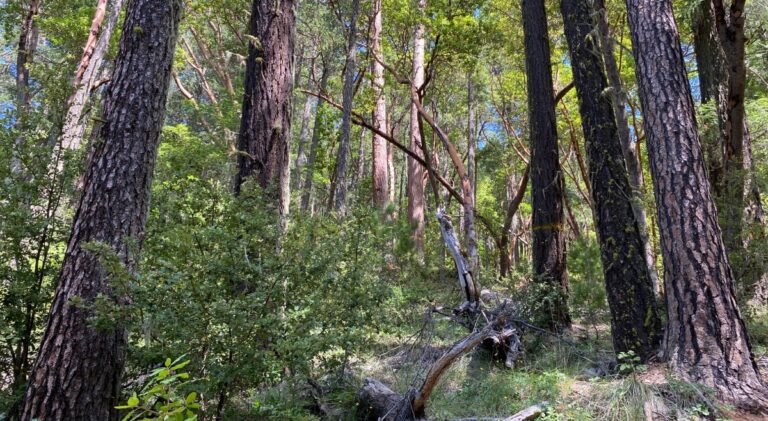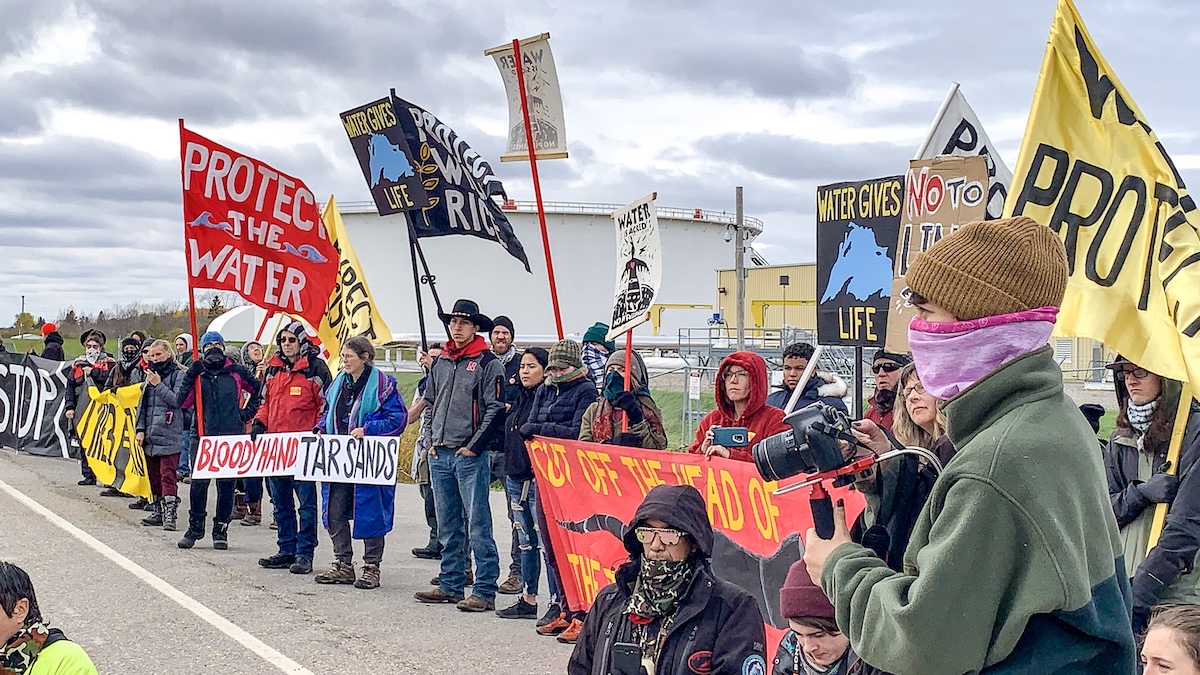By Kerul Dyer
A US district court ruled this week that old growth forests would be disproportionately harmed from proposed logging in the Medford BLM district after local conservation organizations filed suit against the agency. According to the ruling, the legal challenge provided “substantial evidence that BLM’s chosen logging prescriptions would not have the intended effect and would instead exacerbate fire issues.”
At issue is the proposed logging within old growth forest reserves, also known as Late Successional Reserves (LSRs), included in the BLM’s Integrated Vegetation Management Plan. The agency proposed aggressive logging within areas designated for protection in forests with ‘late seral’ forest characteristics, including habitat for endangered species. The treatment of the forests also includes some beneficial management programs, including limited selection logging in overcrowded plantation forests, where conservation groups have collaborated with the agency for proactive solutions to unhealthy forest conditions.
KS Wild, a longtime forest protection organization based in Ashland, was one of the plaintiffs in the joint lawsuit, along with Oregon Wild from Portland and Cascadia Wildlands Center from Eugene. The groups have done extensive monitoring of proposed commercial timber sales on public lands, including those targeted for harvest in some of the last remaining old-growth forests in Southern Oregon.
The BLM has long been known to plan commercial timber schemes under the guise of fire prevention and to benefit powerful timber interests rather than prioritize conservation values. The importance of the issue cannot be overstated since the native forests provide critical habitat for endangered species and sequester carbon out of the atmosphere. The legal victory comes at a time when accelerating climate change threatens to further exacerbate a century of heavy-handed logging that has segmented forest ecosystems and destroyed all but a tiny percentage of old-growth forests in the Pacific Northwest.
“The BLM once again put its logging agenda above collaboration, fire resiliency, and wildlife habitat,” said George Sexton, KS Wild Conservation Director. “The Court held them to account for ignoring science, the law and the public in their rush to log the LSRs.”
Federally owned forests like those under the management of the BLM face compounded obstacles for survival in this era of rapid deforestation on a global level. The unique forests in SW Oregon and Northern California provide critical habitat for a number of fish, bird, and animal species threatened with extinction, as well as a unique and effective carbon sink: our line of defense against climate change.
The BLM’s management plan contains protections for functioning ecosystems like those contained in Late Successional Reserves, but the agency continues to defy their own framework by planning extreme logging projects that increase, rather than decrease, fire resilience in forested regions.
“Consistently, studies have concluded that the gap creation and logging to create “open” conditions proposed here leads to worse fire outcomes on the ground,” said Cascadia Wildland’s Legal Director, Nick Cady. “Maximizing timber volume from our public forests is going to perpetuate wildfire risk for our region, but there is a clear opportunity for collaboration around lighter logging prescriptions that can help restore older forest habitats and reduce fire risk.”
Whether the BLM will codify its responsibility to maintain healthy forest ecosystems continues to be a matter for debate. Concerned citizens should engage in every possible opportunity to engage in proactive, effective management of our public forest ecosystems for the public trust. We at Peace House want to recognize the important work of KS Wild for their honest, diligent work to protect our public lands and shared forest trust that we all depend on for a stable climate future.


